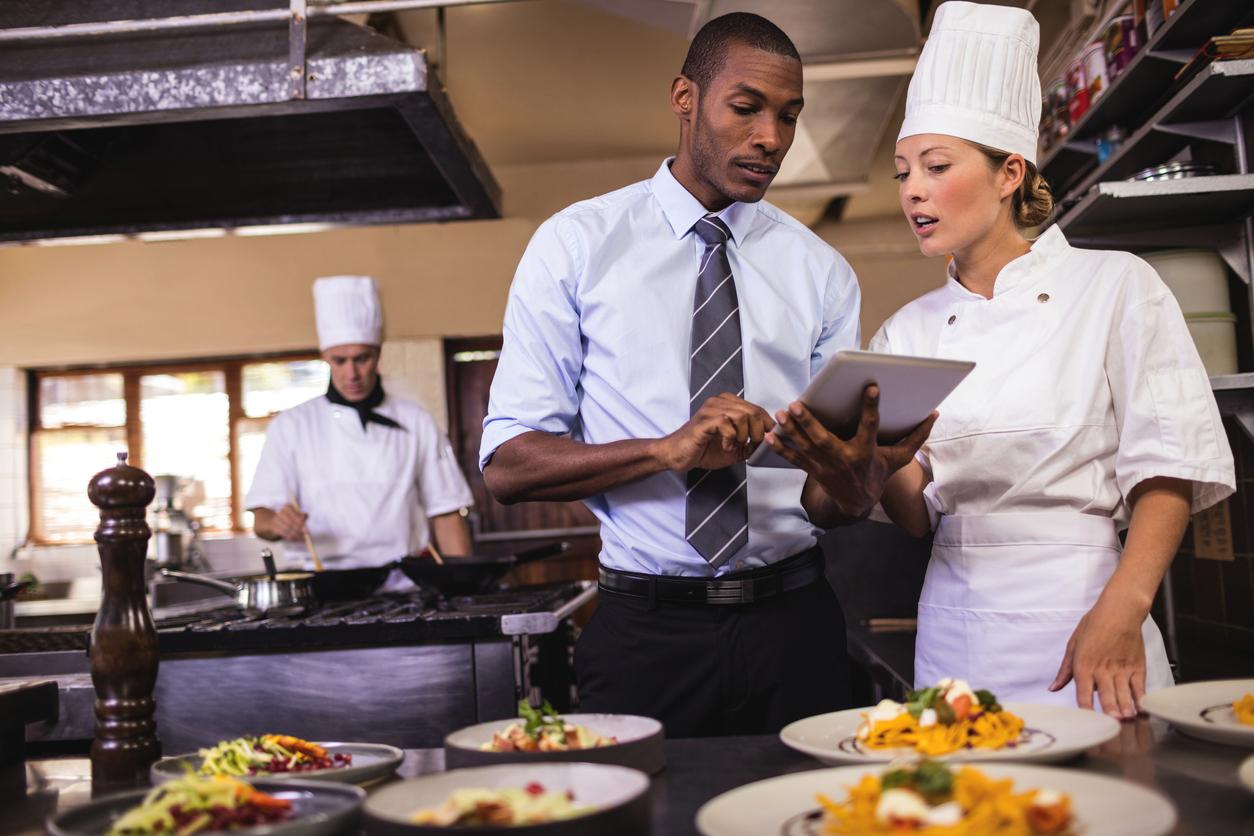Keeping up-to-date with the current trends in the restaurant industry is essential to stakeholders such as restaurant owners and chefs if they are to remain ahead of the competition.

Although the restaurant industry is facing significant disruptions due to technological advancements, there is a growing need to save energy through smart energy-management systems that are cost-efficient.
Here are several energy-saving trends for the restaurant industry.
1. Smart Climate Control
The restaurant industry is dedicating much effort towards climate control through their heating, conditioning, and HVAC systems. The application of machine learning and the internet of things is helping stakeholders in the restaurant industry to reduce energy consumption, which saves on operational costs. Energy management tools such as smart sensors and smart thermostats are significantly reducing consumption and waste of energy.
2. Air Source Heat Pumps
Other than smart thermostats, air source heat pumps also help to save on energy costs. Air source heat pumps can transfer heat to and from restaurant rooms. These pumps help in vapor compression-refrigeration by absorbing and releasing heat to different places in restaurants. Air source heat pumps can function as coolers or heaters, and they are energy-efficient.
3. Smart Lighting Technology
The use of smart lighting technology helps restaurants to review their energy needs, automate their energy consumption, and adopt real-time energy requirements and usage. Restaurants are converting to smart LED lighting systems to improve productivity and reduce energy costs. Smart lighting technology regulates preferred lighting times and helps improve workflow in the restaurants.
4. Solar Panel Technology
Restaurants are reducing energy costs through the use of solar panel technology. Solar panels can reduce energy consumption by saving excessive power for future use. Restaurant owners benefit through reduced power consumption during off-peak periods and leverage these benefits during peak hours.
5. Automatic Shutdown Sockets
Standby power consumption increases operational costs, even when your restaurant is not running normal activities. Some electrical appliances can still consume power while on standby mode. Automatic shutdown sockets use infrared timers or sensors to cut power entirely from rooms that are not in use. You should ensure that devices not in use in your restaurants do not consume energy to reduce operational costs.
6. Predictive Monitoring
Restaurants can optimize energy management through predictive monitoring. Tracking and monitoring your energy management systems will help you to identify trends that are wasteful or hazardous and act promptly. Predictive monitoring is necessary when assessing repair and maintenance needs, as well as preventing system failure.
7. Smart Water Management
Restaurants can barely operate without water. As a necessity, water has many uses such as manufacturing, as a drink, in sanitary facilities, and more uses in the regular running of a business. The use of smart, low-cost water meters can reduce water consumption in restaurants.
For more information on energy management solutions, visit our blog to stay connected or contact us for a customized consultation!



